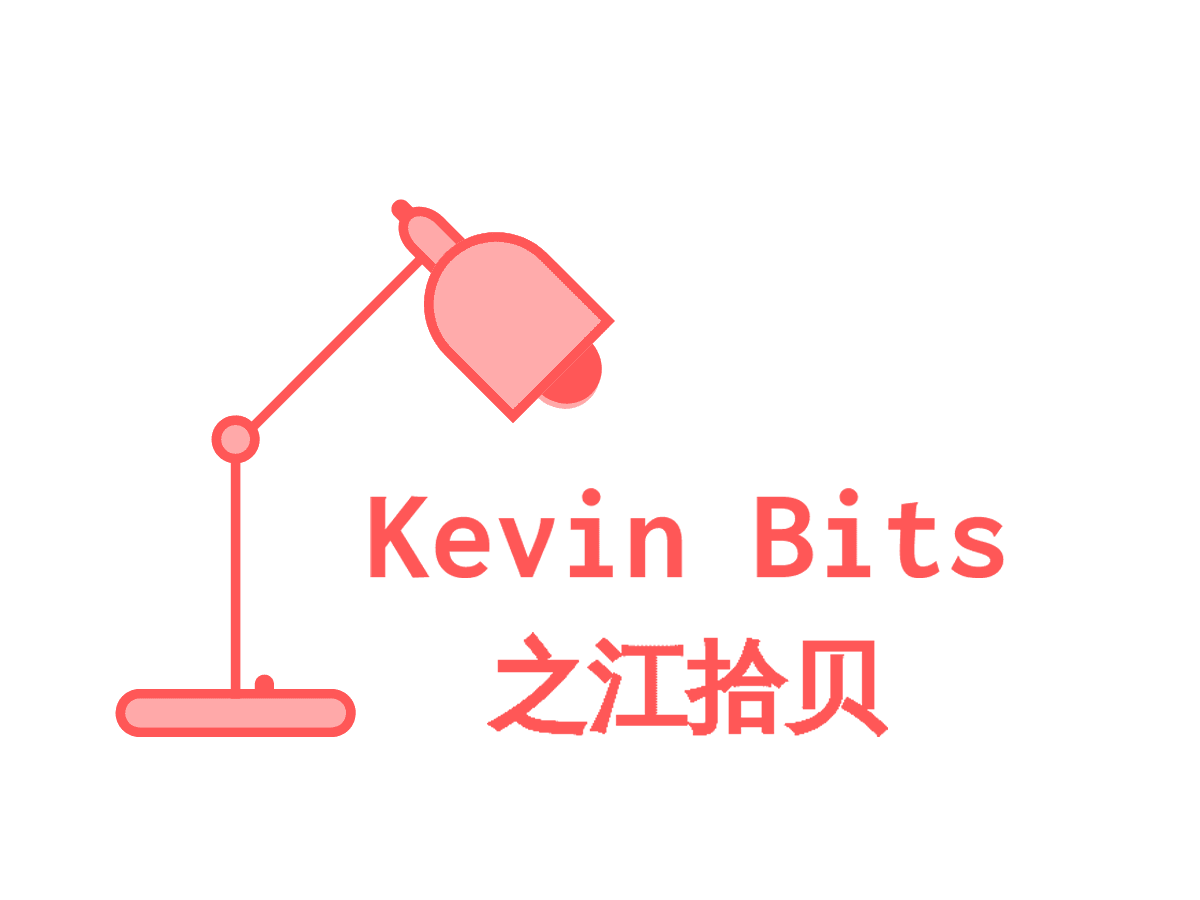The Fed passed its new framework to conduct monetary policies in August last year, after a review of its practice on a regular basis. The framework has five noticeable changes considering the environment of lower bound interest rates and where QE has effectively been a primary monetary policy tool since the Great Recession.
First, the Fed expects to delay liftoff from the ELB until PCE inflation has risen to 2 percent, and other complementary conditions, consistent with achieving this goal on a sustained basis, have also been met.
Second, with inflation having run persistently below 2 percent, the Fed will aim to achieve inflation moderately above 2 percent for some time in the service of keeping longer-term inflation expectations well anchored at the 2 percent longer-run goal.
Third, the Fed expects that appropriate monetary policy will remain accommodative for some time after the conditions to commence policy normalization have been met.
Fourth, policy will aim over time to return inflation to its longer-run goal, which remains 2 percent, but not below, once the conditions to commence policy normalization have been met.
Fifth, inflation that averages 2 percent over time represents an ex ante aspiration of the FOMC but not a time inconsistent ex post commitment.
In short, the Fed will keep relying on QE as a primary tool rather than the federal fund rate for years to come. The Fed will use realized inflation and employment as its basis to change monetary policies, rather use predicted or expected numbers. Average of inflation over a period of time will be used as a target than than an instant inflation number. Finally the Fed wants to see inflation above 2% and stay there for sometime.
From a control engineering perspective, the Fed will use PI control scheme rather than PID control strategy and rely more on current and past information but little future information to adjust monetary policies. The new framework could risk overshooting inflation, but if doing properly it will achieve its goal of bringing inflation to the target faster and earlier. A sustained low inflation number hurts economic growth as consumers would tend to delay their spending.
